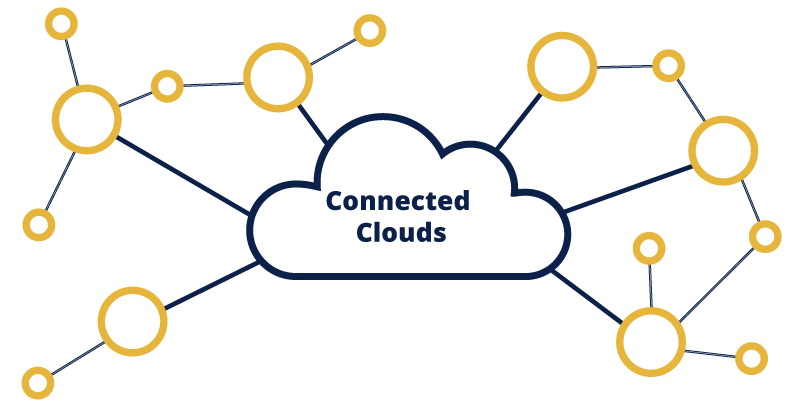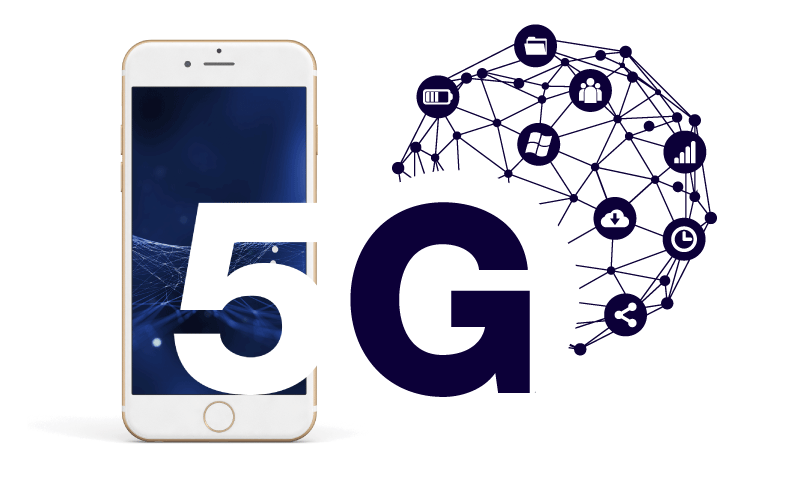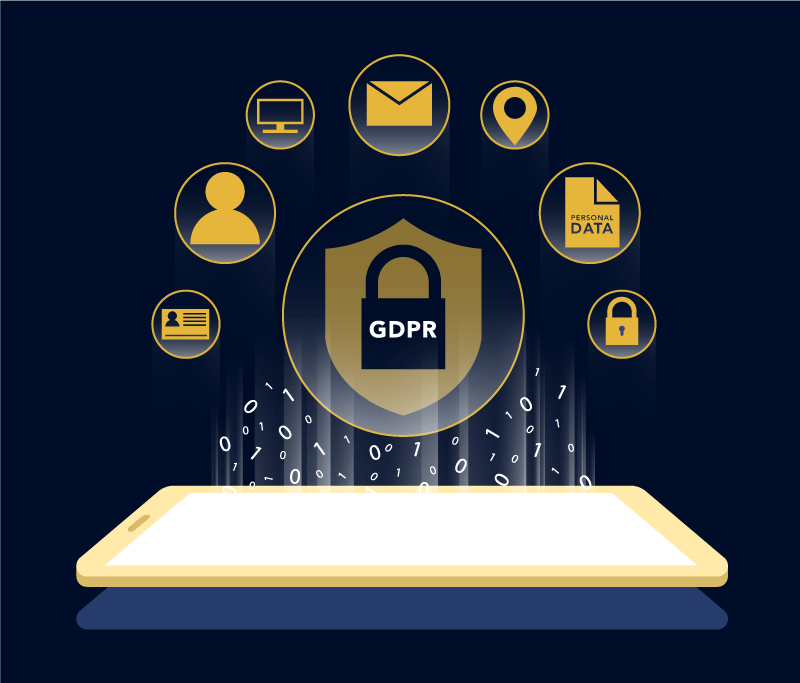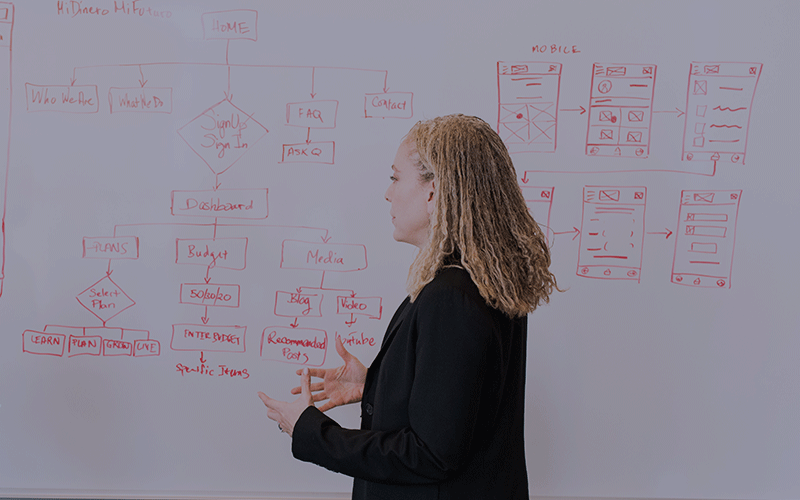Top IoT Trends to Rule in 2019
Top IoT Trends to Rule in 2019
- Last Updated: December 2, 2024
Sciforce
- Last Updated: December 2, 2024



The year has just begun, and it's a good time to ponder the changes the previous year brought through IoT and related technologies. Let's look on toward what the new year may bring.
Last year, we wrote so much about the Internet of Things (IoT). For us, it feels natural to begin the year with our views on IoT developments in 2019.
Since the IoT is becoming not only a technical but also a social phenomenon, changing our perception of devices around us and the environment we live in, the top trends we selected speak to the intersection of machine and the human worlds.
Top Technologies
Big Data and Artificial Intelligence
"AI" and "Data Science" always top technology ratings in every sphere. They've proven their place as the symbols of the new era.
The research firm Gartner forecasts that in 2019 we will see 14.2 billion deployed connected. That will result in an immense volume of data. Data is the raw product of IoT. Above all, it's key for companies to make good decisions about products, services, employees, strategies, etc. At the same time, it's not data per se that guarantees success but the ability to make sense of it with meaningful analytics.
With the massive amount of data generated from smart devices, businesses are looking to implement technologies that can help them make sense of that data. With improved processing power that can increase machine learning productivity, digital leaders will go for machine learning and AI to make more of their data.
Connected Clouds
Many companies rely on clouds to store their data, but costs for such services can be significant. Moreover, cloud storage requires a lot of bandwidth while accessing data. These limitations have prompted the search for new cloud infrastructure.
As companies realized that using only a public cloud, a private cloud, or a private data center may not be the best option, they're looking for the optimal mix of them. Connected clouds are gaining momentum to meet companies’ needs whenever they want cloud-source storage, networking, security, or app deployment. In their pursuit of seamless, secure and streamlined service, businesses will use a mix of workloads running in public, private and hybrid environments shaping the new "multicloud environment."

Edge Computing and Beyond
Although clouds will continue to be a hot topic in 2019, the shift from centralized and cloud to edge architectures will only intensify in the IoT space in the near future. Edge computing, the type of architecture where a network stores data in micro-centers for processing, offers a cheaper and often a more effective solution for data handling. Part of the data is stored locally next to the corresponding IoT device that makes it readily available when needed. In this way, the traffic on the network is reduced and bandwidth costs are minimized.
However, it's not the end point: the set of layers associated with edge architecture will eventually evolve into a more unstructured architecture comprising a wide range of devices and services connected in a dynamic mesh. Such "mesh" architectures will enable more flexible, intelligent and responsive IoT systems.
Digital Twins
Digital twin technology, also known as a hybrid twin or virtual prototyping, refers to a virtual copy of a real-world product, asset, process, or system that can be used for a certain purpose. It's a simulation tool that works with AI, machine learning, and the IoT to improve businesses’ experience by streamlining digital data operations.
5G
5G, the forthcoming generation of cellular networks, is likely to gain attention in the IoT market by optimizing power consumption, bandwidth, latency, connection density, operating cost, quality of service and range. If 2018 was the year of fixed 5G applications, 2019 will embrace 5G in mobile devices changing the landscape of the IoT.

Sensor Innovation
The sensor market will also evolve continuously with new special-purpose sensors covering more situations and events and reducing power consumption required to run deep neural networks which in turn will enable new edge architectures and the use of DNN functions in low-power IoT endpoint devices. In response, current sensors are likely to become more affordable or support new applications, and new algorithms will emerge to deduce more information from current sensor technologies.
Top Societal Changes
Social IoT
The IoT is a very broad-based technology, transforming all business sectors, from consumer devices to large-scale manufacturing. Yet, it’s not clear if the public is fully prepared for its impact on their life. Therefore, as IoT matures, a wide range of social, legal and ethical issues will grow in importance. To be successful, an IoT solution shall be not only technically effective but also socially acceptable, as pointed out by Nick Jones, research vice president at Gartner. These include ownership of data and the deductions made from it, algorithmic bias, privacy, and compliance with regulations such as the General Data Protection Regulation (GDPR).

IoT Governance
Speaking of the GDPR, we have to say that as the IoT expands, the need for a governance framework that ensures appropriate behavior in the data creation, storage, use and deletion is becoming increasingly important. Governance of the IoT-related projects will range from simple device audits and firmware updates to complex issues such as the control of devices and the strategic usage of the data they generate.
Infonomics
The idea to sell data collected by the company’s products and services may not be completely new, but the theory of infonomics takes data monetization to new heights. Data will be seen as a strategic business asset to be recorded in the company accounts entailing the corresponding risks and opportunities related to data brokering.
User Experiences
The IoT is changing the rules of human/device interactions usually without screens and keyboards. In the future, the IoT user experience (UX) will be driven by four factors: new sensors, new algorithms, new experience architectures and context, and socially aware experiences. Besides, UX designers will have to adopt new perspectives without the use of screens and keyboards and relying on voice-controlled digital assistants.

These are only expectations showing the potential of the coming year, and it is up to us all to make them a new reality.
Inspired by Gartner’s report Top Strategic IoT Trends and Technologies Through 2023 on 10 strategic trends affecting the Internet of Things (IoT) from 2019 to 2023.
The Most Comprehensive IoT Newsletter for Enterprises
Showcasing the highest-quality content, resources, news, and insights from the world of the Internet of Things. Subscribe to remain informed and up-to-date.
New Podcast Episode

Moving Past the Pilot Phase in IoT and AI
Related Articles





